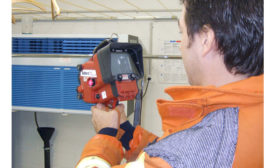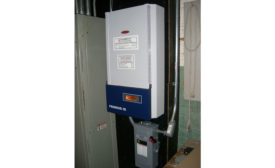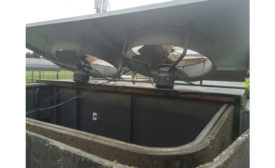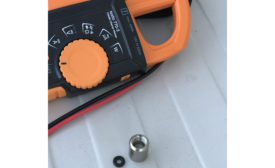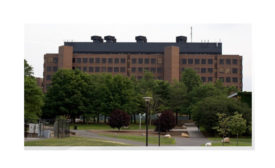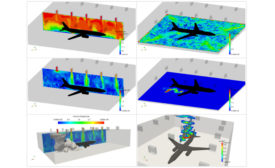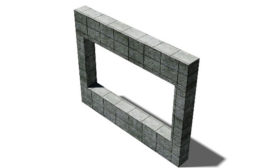Technical
Believe it or Not, Duct Size Matters
Properly selecting, installing, and operating inverter driven systems
Read More
Maximizing Cooling Tower Technology
New technology advancements provide up to 50 percent more cooling capacity
Read More
Northeast University Achieving Huge Energy Savings
Energy manager wants to share technology with other schools
Read More
Place, Perception, Limitations of CFD In HVAC Optimization
Analyzing the benefits of CFD
September 4, 2017
Copyright ©2025. All Rights Reserved BNP Media.
Design, CMS, Hosting & Web Development :: ePublishing

